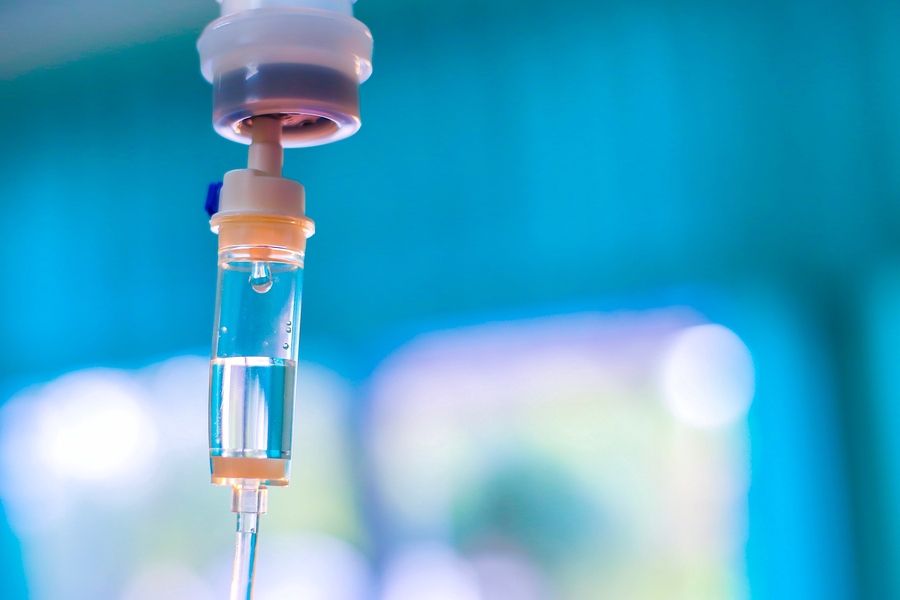Opened 3 years ago
#511 new enhancement
Nutritional Therapy (Useful Tips)
| Reported by: | James Hover | Owned by: | |
|---|---|---|---|
| Priority: | major | Milestone: | |
| Component: | Database | Version: | |
| Severity: | major | Keywords: | |
| Cc: |
Description
Nutritional therapy is the science and philosophy of utilizing the healing power of nature and using it in a positive way, not only to cure illness but also to prevent it altogether. Nutritional therapy supports the self-healing process and avoids the use of chemical medicines wherever possible, although in some cases technical intervention is needed and conventional medicine still saves lives. Nutritional therapy uses dietary methods, vitamins, minerals and herbal remedies, for the treatment to prevent ill health.
Through history many eminent figures embraced the nutritional medicine movement. Irwin Stone, Frederick Klenner, Linus Pauling and Carl Pfeiffer, each of these respected doctors and scientists fully supported the use of nutrition as a treatment for disease. Adam Hoffer, an eminent psychiatrist, believed that large doses of nutrients could have a beneficial effect on conditions like schizophrenia, many skeptics frowned at this, but he experienced a lot of success, and research of his methods and practices continues today and iv therapy palm springs.
Nutritional therapists recognize that even a minor deficiency can become a chronic or even an acute condition. A healthy immune system can destroy an isolated cancer cell, however if the immune system is weakened by nutritional deficiency the cancer-causing agent can mutate and develop into full blown non-curable cancer. Nutritional therapists, unlike orthodox nutritionists and doctors, believe that nutritional deficiency is extremely common; we cannot assume that a modern diet is capable of building and maintaining a healthy body and mind.
THE DIGESTIVE SYSTEM
The first stage of digestion is in the mouth - iv therapy palm springs
Our food is mixed with saliva and must be well chewed. Saliva contains the enzyme called 'salivary amylase' which starts the process of starch digestion.
The second stage is when the food leaves the stomach and enters the duodenum the acidity stimulates the liver and pancreas to release bicarbonate. This makes the food more alkaline.
In the third stage the alkaline created in the second stage is needed for the liver and gallbladder to release bile salts. Bile salts help to emulsify and reduce fat droplets. The alkaline also triggers the pancreas into action, which releases its own digestive enzymes.
Amylase for starch digestion Protease for protein digestion Lipase for fat or lipid digestion
In stage four components are, in a healthy person, then absorbed through the wall of the duodenum and small intestine into the bloodstream in the case of sugars and amino acids or into the lymphatic system in the case of fats. Blood then carries the nutrients to the tissues where assimilation can begin and the nutrients can be used for their various purposes in the maintenance of the body system.
Vitamins are absorbed from food in a similar way. The fat-soluble vitamins A, D, E and K are absorbed along with the fats in the lower part of the intestines. The water-soluble vitamins are absorbed from the upper part of the intestine, the jejunum, with the exception of Vitamin B12, which must be combined with a protein called 'intrinsic factor' secreted by the stomach. In the case of minerals, some forms of minerals require an acid environment for absorption. Absorption rates can vary from nutrient to nutrient, and individual to individual.
![(please configure the [header_logo] section in trac.ini)](/zeus/chrome/site/your_project_logo.png)
